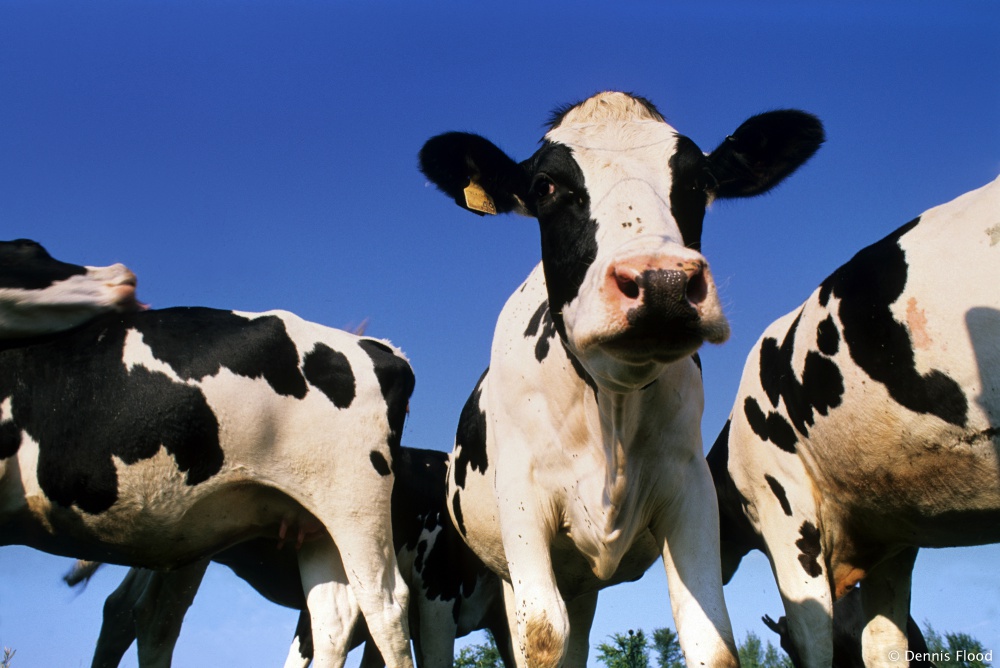Inside Or Outside For Dairy Cows?
Local dairy farmers in Northern Ireland got an insight into the pros and cons of running confined systems for dairy cows at an event at Loughry College last week. Organised by Ulster Bank it brought together research, on farm performance, cow fertility and the finance needed to fund intensive systems.
Moving to full or partial housing systems
Opening the event, Ulster Bank’s agricultural manager, Cormac McKervey, told the audience that while it was relatively easy to increase milk output, it was increasingly difficult to increase the grazing platform given land prices and con acre availability. With good housing available on many farms, high quality forage, unpredictable weather and a good milk price: feed price ratio, it is not surprising that much of the increased milk production has come from them moving to full or partial housing systems.
However he warned that confined systems need a high standard of management if the system is to be able to withstand the volatility in weather, milk and feed prices. He added that while some farmers have a well organised confined system with good record keeping etc and are in a position to absorb market swings, there are others who have drifted into housing cows year round without having the necessary skills to manage these units. They will continue to operate well in the current market but will their system withstand any sustained pressure on margins?
Every 1% rise in pregnancy rate is worth an extra £25/cow/yr
Local dairy consultant, Jason McMinn, followed on by talking to farmers on his views on confined systems. Jason works with many of the larger dairy herds with detailed physical and financial information on which to base good management decisions. He urged those with a reasonable grass base to consider moving to a tight autumn calving herd, to target cows giving above 30 litres of milk per day to confined system but that lower yielders should be on grass.
He stressed that forage quality was vital for anyone operating an intensive dairy farm and those with fully confined herds need to be averaging at least 9,000 litters per cow. He also suggested that farmers pay at least as much attention to their culling rate as they do to their herd replacement rate. Good herd fertility is vital to herd profitability. Every 1% rise in pregnancy rate is worth an extra £25/cow/yr – a massive sum when measured across a large herd with only average pregnancy rates.
Other speakers at the event included Dr Gareth Arnott, a research fellow at Queens University Belfast who is currently conducting a global review of the scientific papers published on the housing/pasture debate and Hugh Ratcliffe, Business Director with Genus, a leading provider of bovine genetics and reproduction services
Loans without an arrangement fee
Finally Cormac McKervey gave a brief overview of the bank’s appetite to lending to the dairy sector which is strong and one in which Ulster Bank intends to grow its market share. The recently launched dairy expansion loan is available to all dairy farmers subject to usual lending criteria and Ulster Bank remain the only local bank to offer the governments “funding for lending” scheme where loans can be provided without an arrangement fee and with 1% margin discount on normal lending rate. For more information visit www.ulsterbank.co.uk/agri.
Source: smallbusinesscan.com




